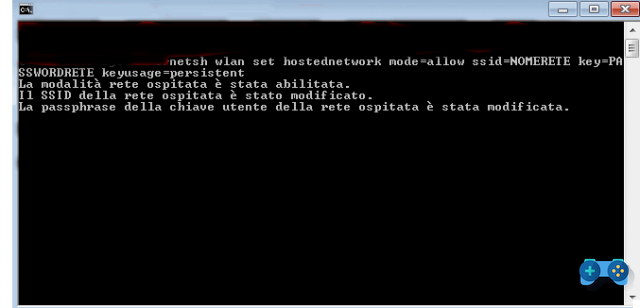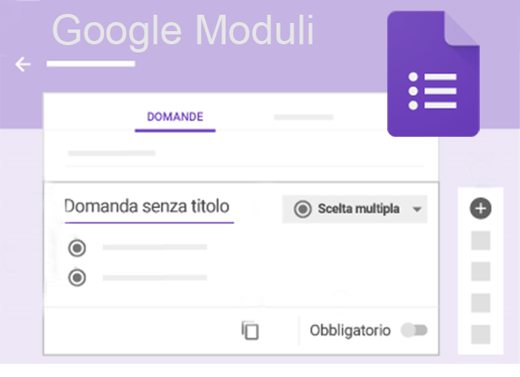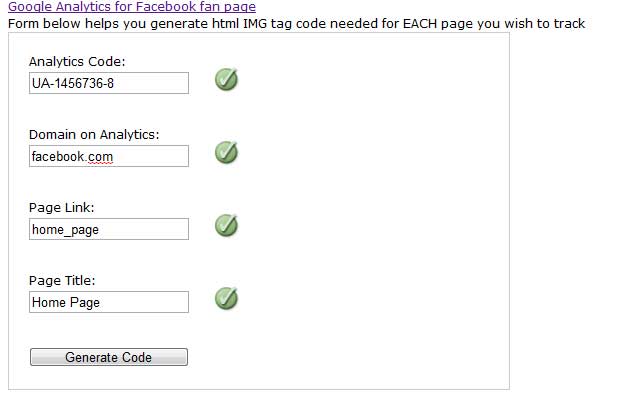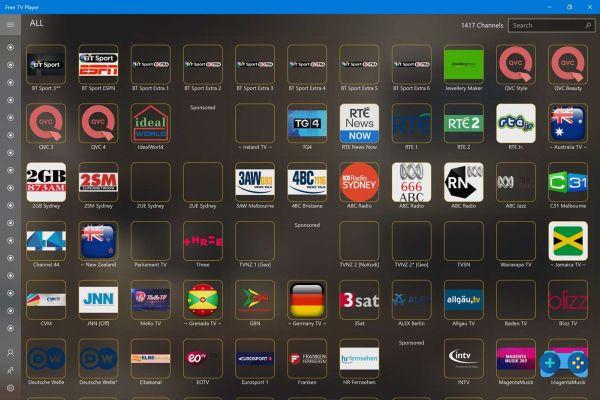La Sitemap (site map) has now become important for positioning in search engines, as it reconstructs the structure of a site, representing its pages, and facilitates the understanding of the navigation flow and the search for content.
The creation of a map simplifies the activity of the search engine. Basically, the map is a way by which the Webmaster tells the engine which pages are available for crawling.

The format Sitemap was born in 2005 in the Google labs. At first it remains confined to the search engine conceived at Stanford University. It is now a standard, based on Xml, adopted by the main engines. After Google, Microsoft, Yahoo and then Ask also started using it.
The map is an Xml file which lists the URLs of a site with their respective metadata (date of update, frequency, etc.). The various crawlers at the base of search engines find information about the structure of a site. Search engines that support Sitemaps can crawl the site, select URLs in the map and locate them through the associated metadata.
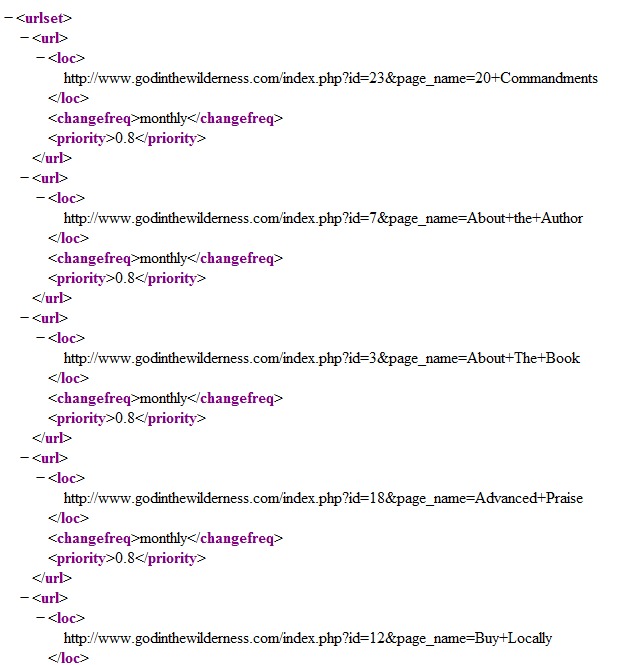
When is it worth using a sitemap?
The Sitemap allows the Crawler to be indexed but also to improve the quality of the crawl of a site. For example, a crawler cannot execute Javascript code, which means that the crawler does not go beyond those home pages that offer navigation menus completely in Javascript. The map would allow the correct indexing of the site, the same goes for articles with Flash movies.
How to create a map
Manual creation is not recommended, certainly very expensive. Among the software the best is Gsite Crawler which, in addition to supporting various formats, including Sitemap, is also free.
For sites created with the Drupal platform, WordPress, etc. the sitemap is already present as an option or as a plugin. Those who work with Mac, on the other hand, will find it interesting Google Site Map Automator, even if it is a paid program.
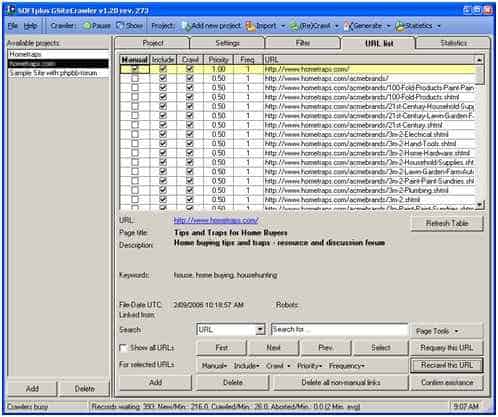
How to view a map
It is customary to publish the map in the site root, ie in the main folder of the domain. For example, the address could be www.ilmiodominio.com/sitemap.xml. But this is not enough. The search engine cannot know if the site has a map or an index of maps. In this sense, the Webmaster can act with a report to the search engine. There are three techniques for perfecting communication:
- manual transfer (submission);
- warning (ping);
- file robots.txt.
Manual reporting has always existed. Each search engine has a form to fill with the data of the site to be indexed. In fact, the notification takes place through a dedicated panel at least on the sites of the Sitemap protocol supporters. Similarly for ping. For Google, it is at the address www.google.com/webmasters/sitemapas/ping?sitemap=indirizzomappa.
The file Robots.txt it is periodically queried by search engines. Where Sitemap support is guaranteed, it is advisable to insert a line like www.ilmiodominio.com/sitemap.xml
Online Tools
Among the online tools we point out Google Sitemap Generator e Online Sitemap Generator. For both, simply type in the address of the site to be analyzed in the appropriate mask and press a button.
If the platform we use is found to be too binding, other technologies can still be used: feed Rss 2.0 e Atom 0.3 o 1.0. As a last resort, just arm yourself with patience and write a text file that lists the site's links.

Visual Maps
WriteMaps is a free tool that allows you to create a map in the form of a tree from scratch. The maps are not linked to the desktop, applications and local files, they are accessible from any location linked to the internet, and can be edited and shared among multiple users. before starting, simply register and purchase an account. Operation is intuitive, although there is a special section called View the tour, where it is possible to understand how to use the tool. To add pages to the map, just click on the green plus icon located under each page. The deletion, on the other hand, is perfected by clicking on the gray “x” in the upper right corner.
Each document has the Url and Notes fields available to contain significant information. The map can be viewed in tree or indented structure modes. It can be exported in Xml format and can be shared with other users by specifying the editable parts.
Ideal for Bloggers
SlickPlan is an online application, free and without limitations of use, which offers the simple creation of flow diagrams also usable as visual maps. It is the ideal tool for bloggers and Webmasters who intend, through a visual map, to make life easier for visitors. With an editor you add and classify pages. Changes are made to the map in real time. The diagram can be saved on the Web, exported in Pdf format and shared by link or HTML code.
The footer
Today, compared to the past, the most modern sites propose to place the map in the footer. This improves the usability of the site and brings the following benefits:
- Most visitors don't read the entire content of a document and it's inevitable that the last thing they see is the footer. Positioning the map in the footer may attract attention and increase the user's dwell time.
- The existence of a dedicated link to a document that includes the map could prevent the user from viewing it. The user may be interested in acquiring details on the composition of the site without leaving the current document.
- The footer can promote the pages deemed significant within an ad hoc path.
- An interactive map in the footer allows visitors to move around the site without wasting time.
- The presence of the map in the footer exempts the user from clicking on the dedicated link.
- The map in the footer fills and makes the site look bigger.
Some examples of the map in the footer are
- The White House website
- The site of the Red-brick Health Corporation
- The Flashloaded site
Deprecated: Automatic conversion of false to array is deprecated in /home/soultricks.com/htdocs/php/post.php on line 606

















